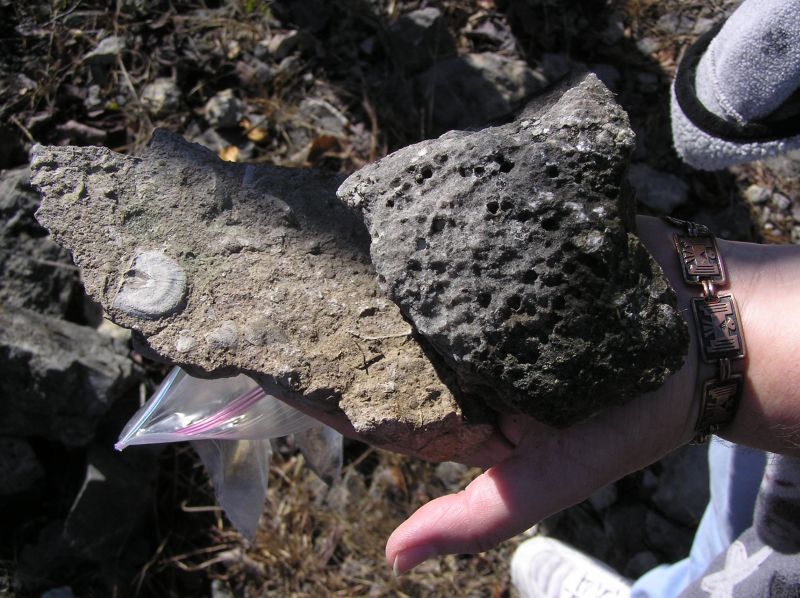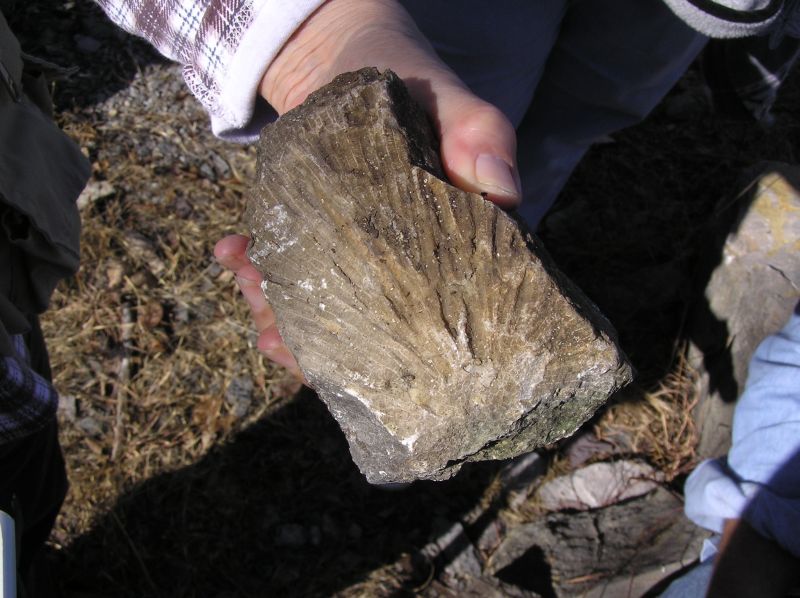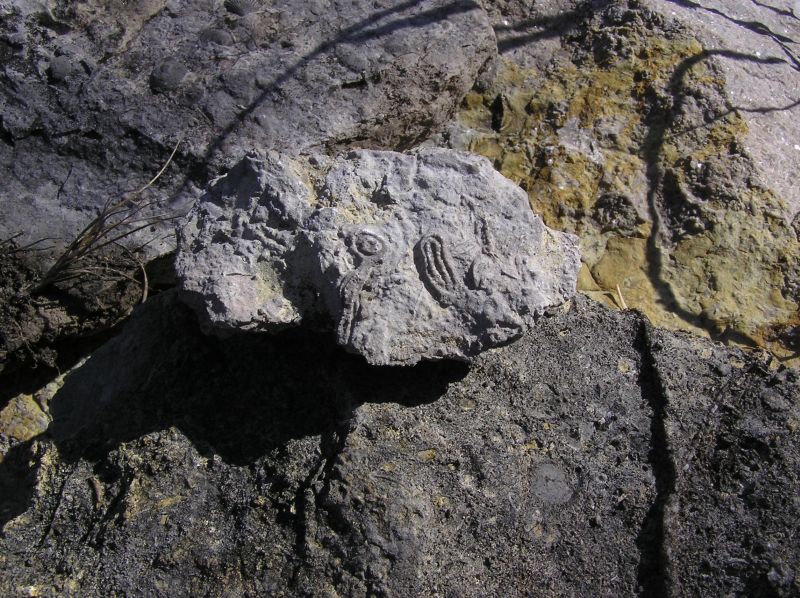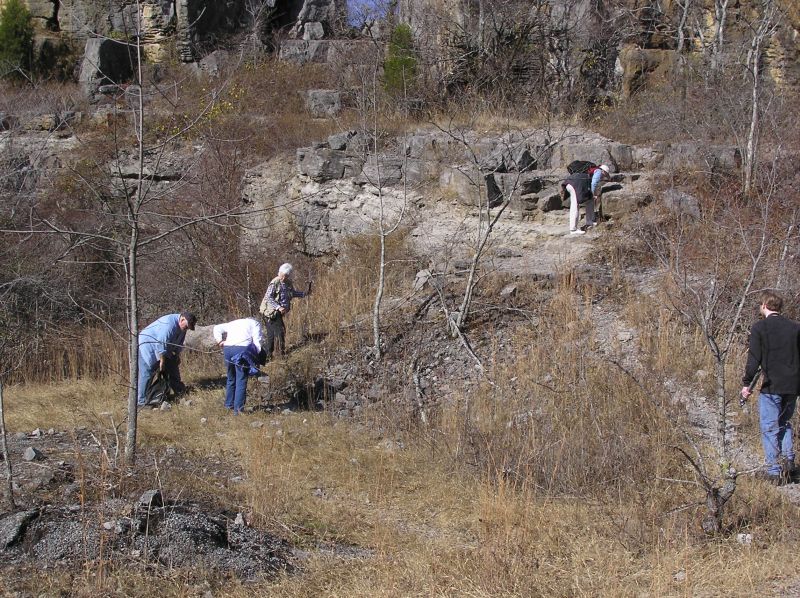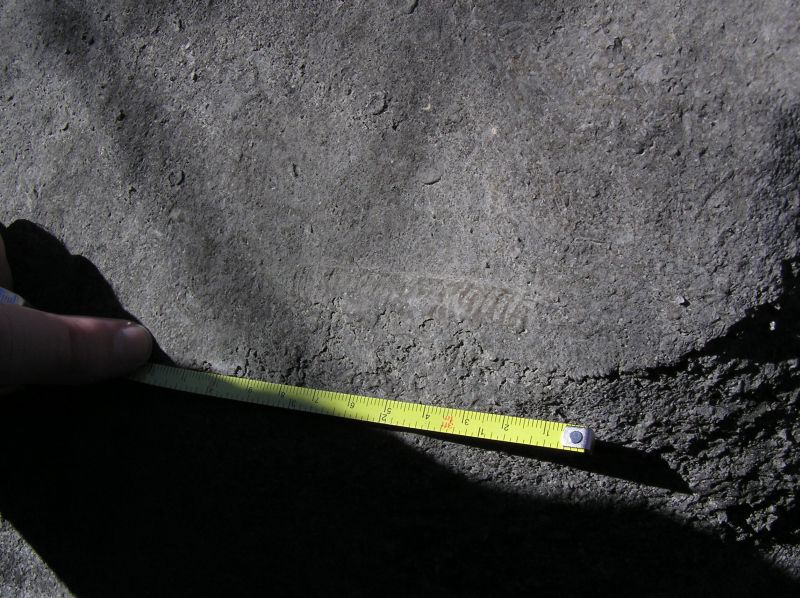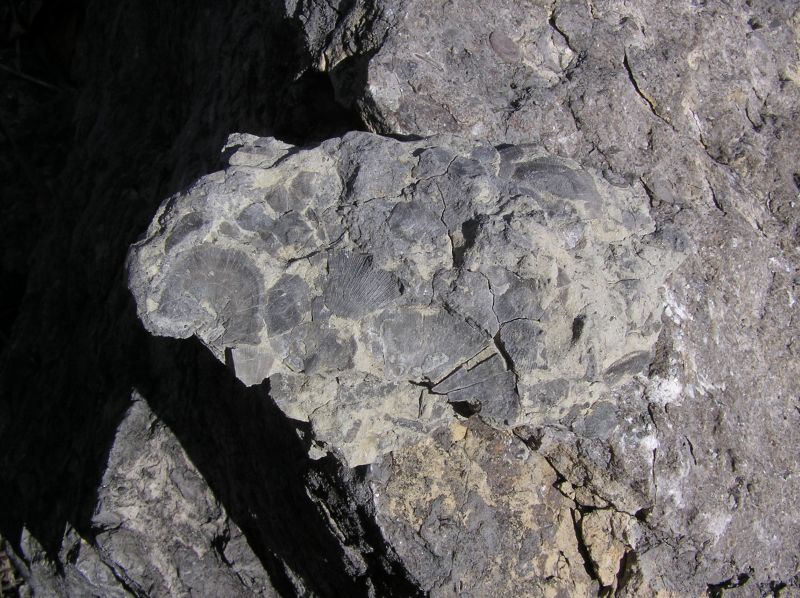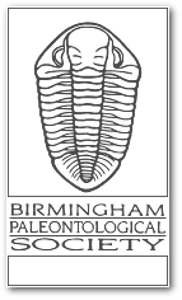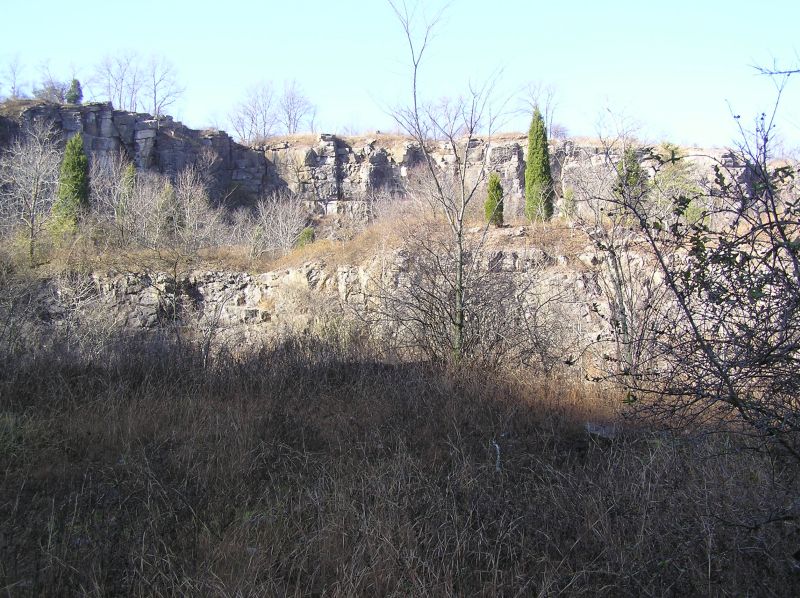Since the grey-on-grey of the limestone makes it difficult to photograph the details clearly, Chris took multiple photos of the boulder, then used “stitch” photo technology to create detailed photographs of the complete rock surface. By using extreme macro and pasting the sections together, we have gotten far better records of those surfaces and the fossils they contain than with past techniques.
The Ruffner Mountain quarry is a fascinating place to visit and learn more about the Alabama fossil record. BPS is glad that we can contribute to the educational services of the Nature Center by our documentation.
After a late lunch at a locally famous hamburger joint, it was time to head home and get ready to party! All-in-all, a great day, topped off by the annual Xmas party. Good company, good food, Dirty Santa, a lot of laughter, and live music from our very own Lea Novak. It doesn’t get much better than that!
--Edited by Vicki Lais
(Photos courtesy Chris and Vicki Lais)
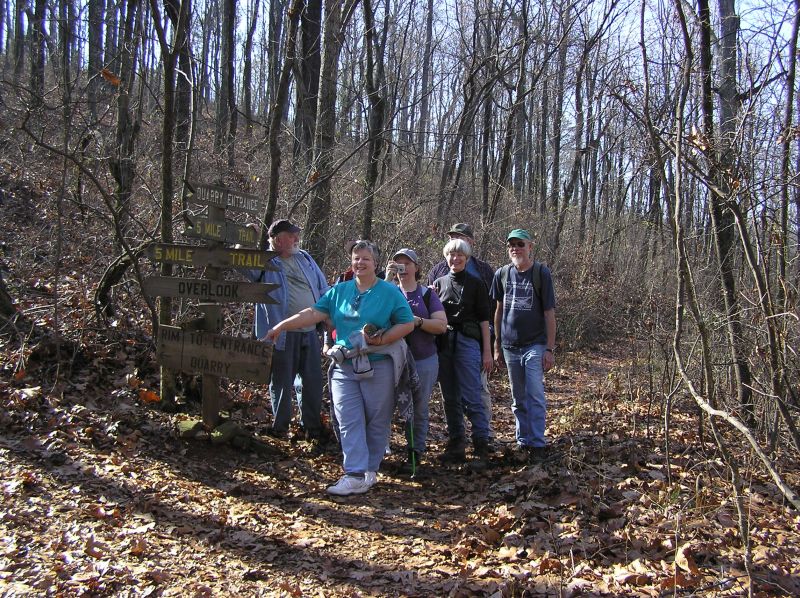
Part of the group deciding which way to go.
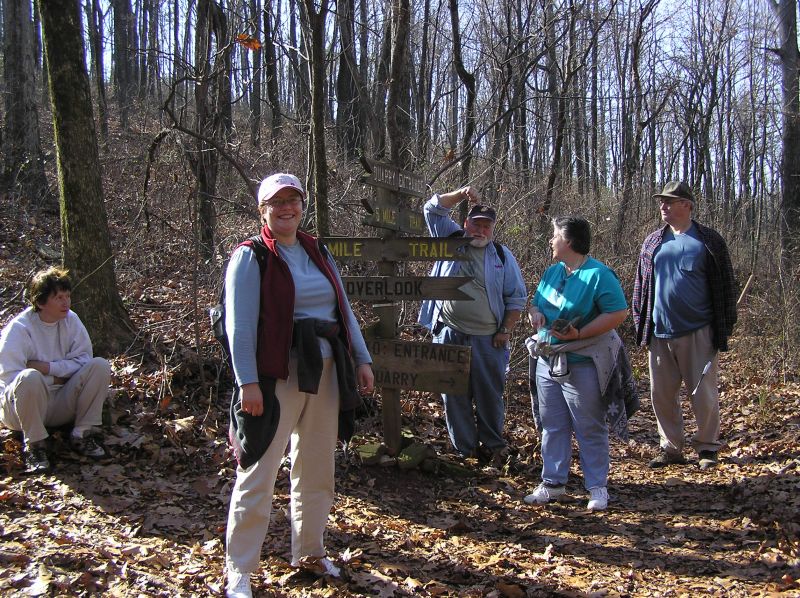
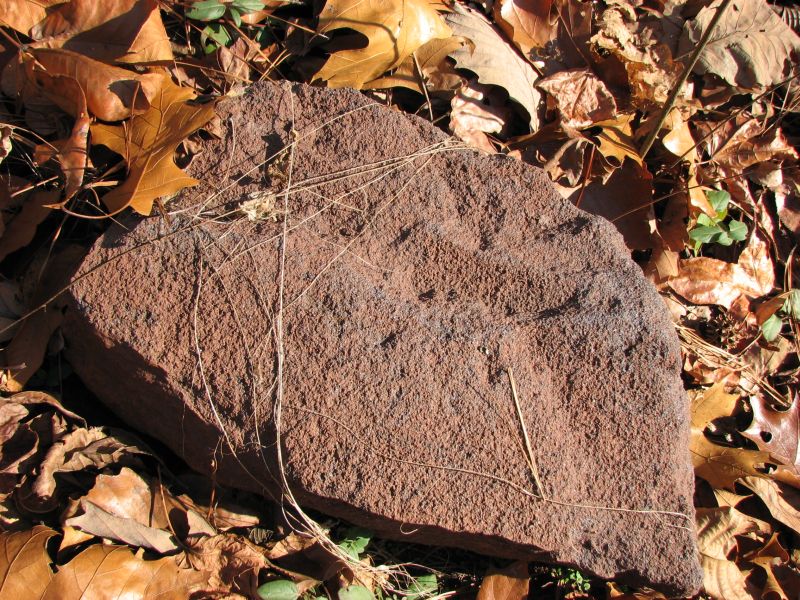
Iron ore spotted on path to quarry.
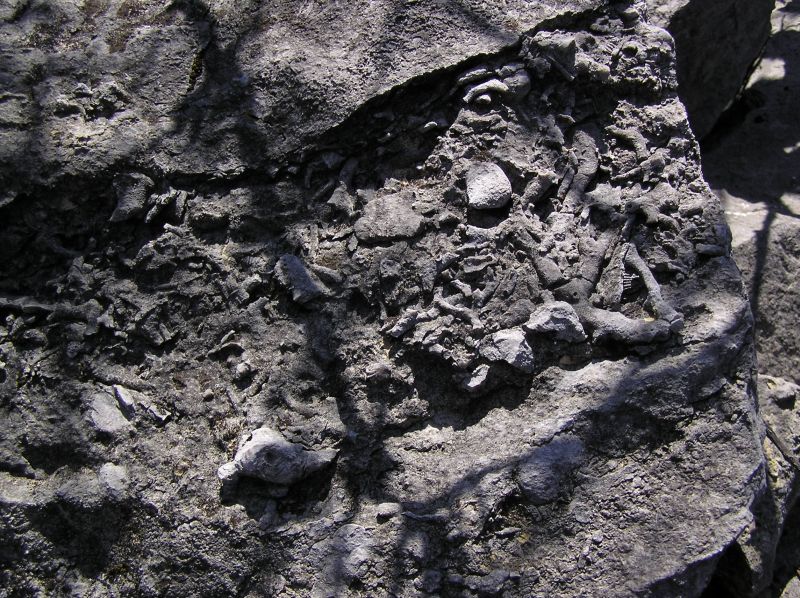
Mixture of fossils including brachiopods and bryozoans.
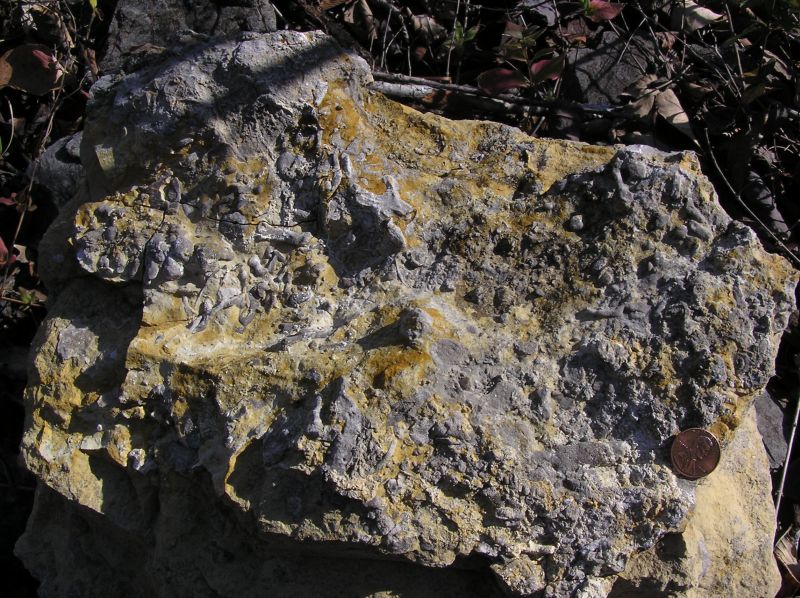
Most of the fossils are badly weathered.
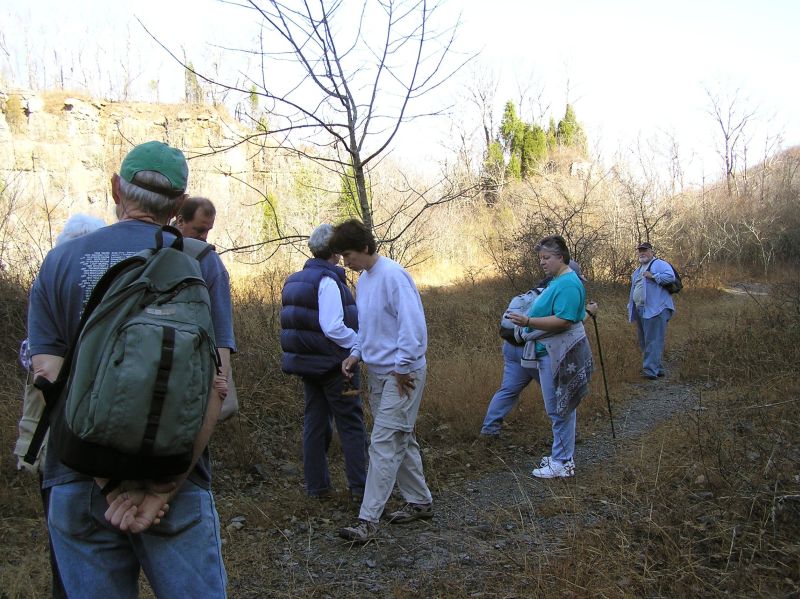
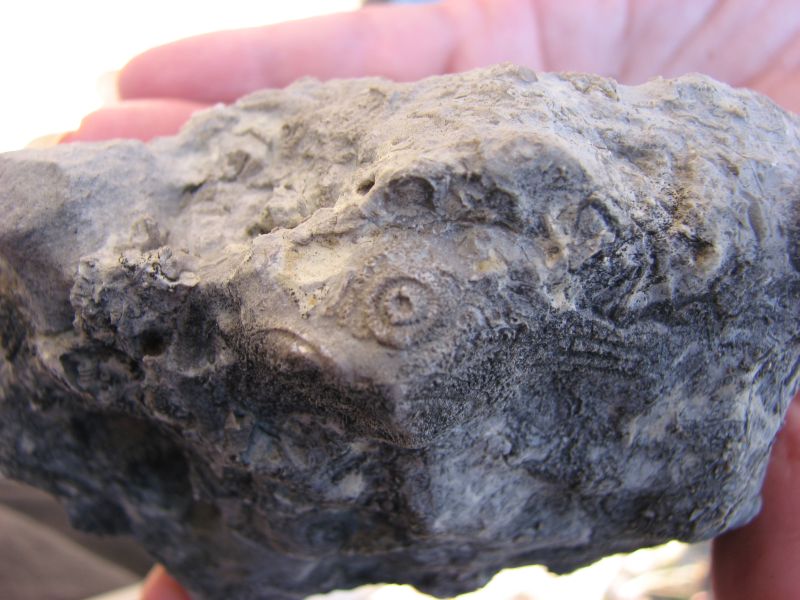
Coral.
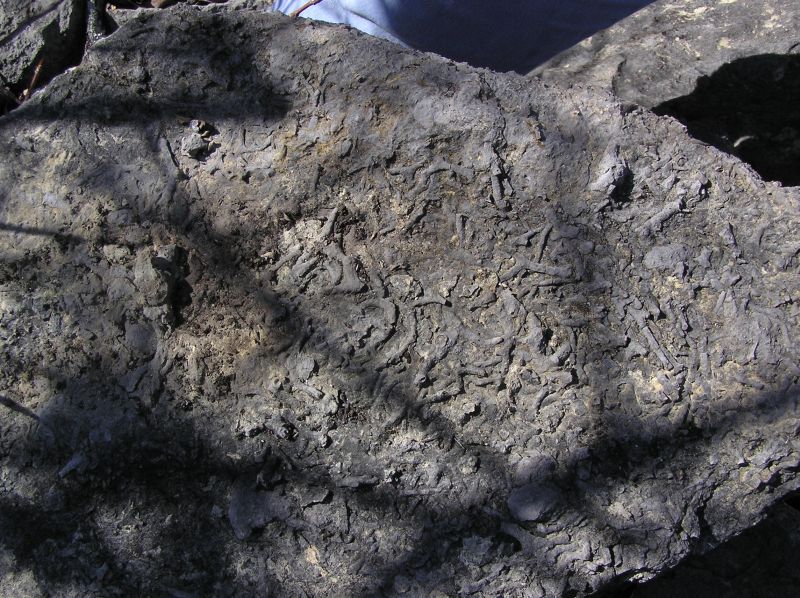
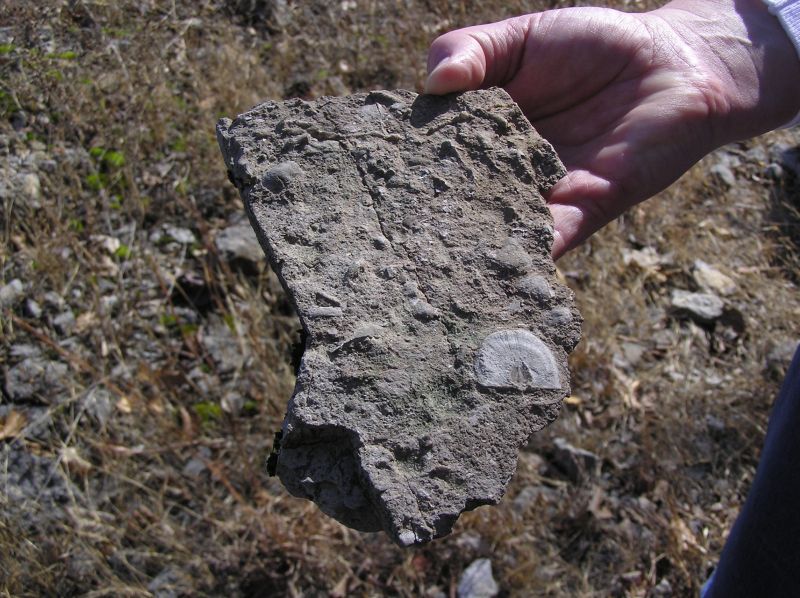
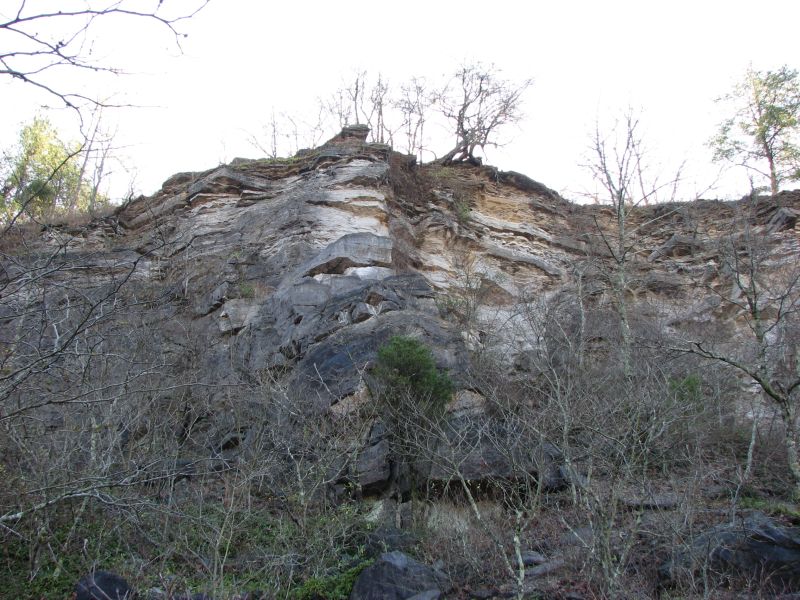
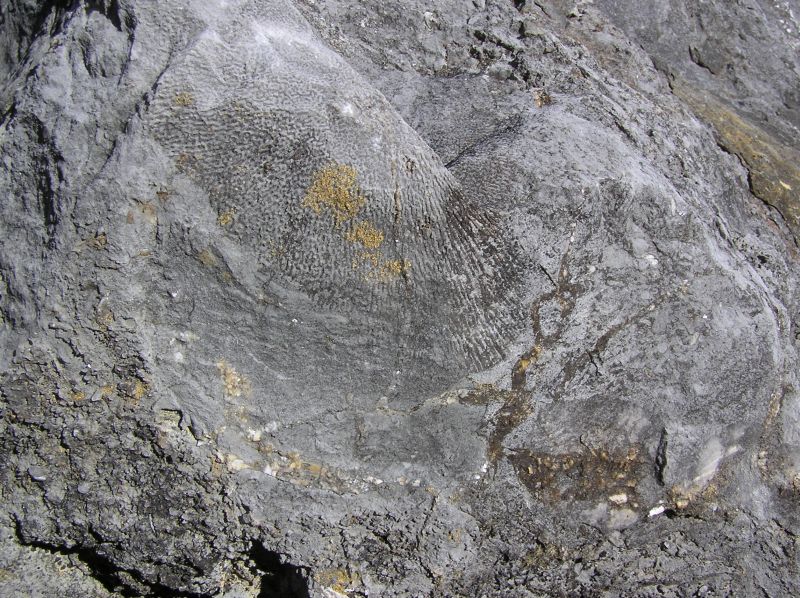
Large coral in boulder.
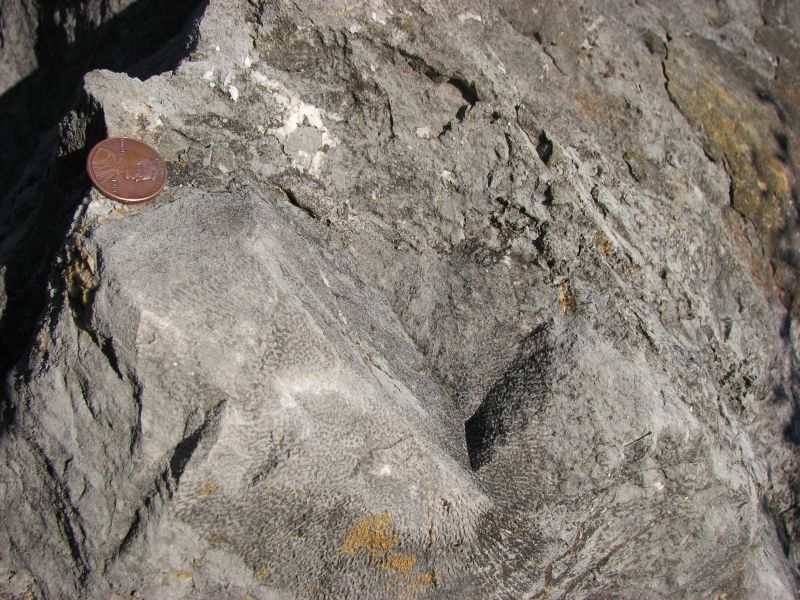
Another view of the same coral.
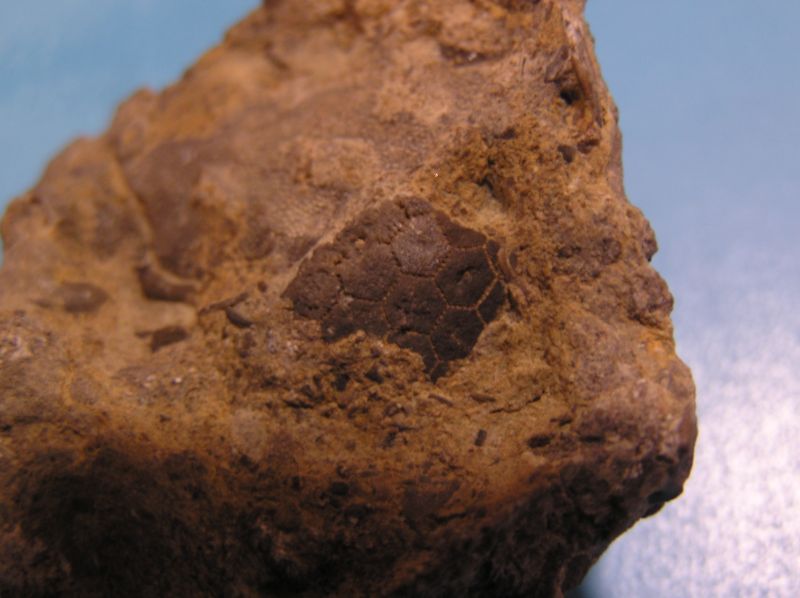
This is very tiny, no more than 1/2 inch across (My apologies for lack of a scale). Dr. Phil Novack-Gottshall says this appears to be a diploporitan, a type of echinoderm .
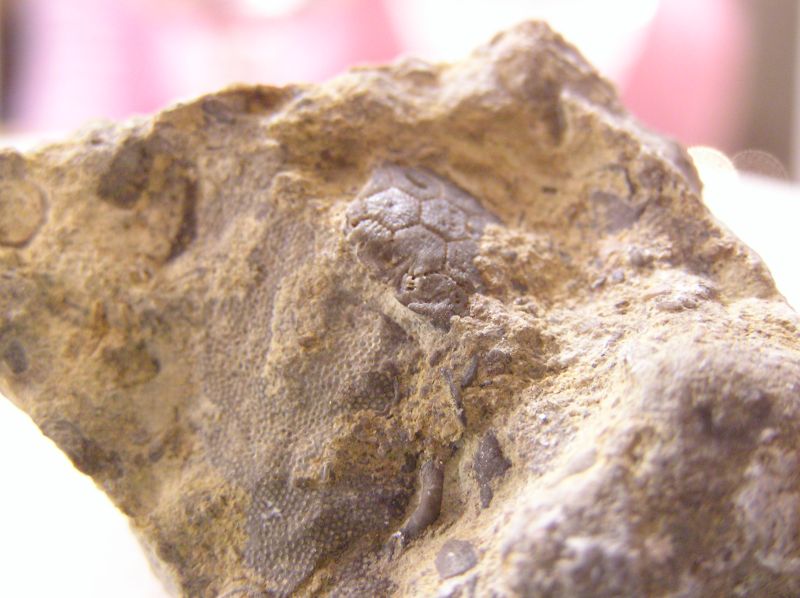
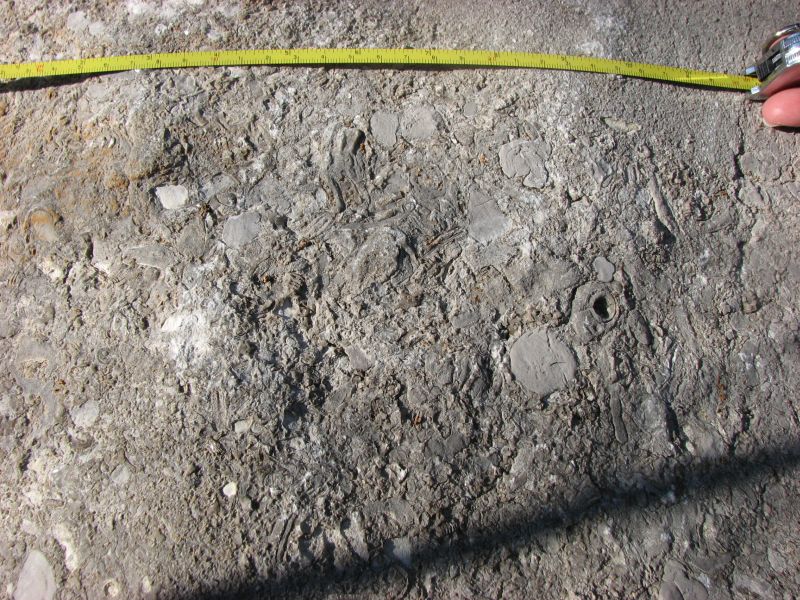
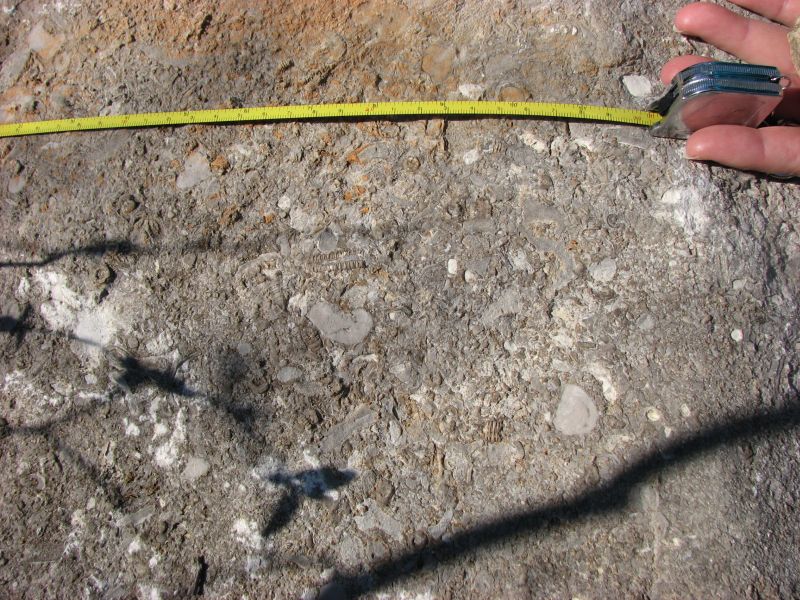
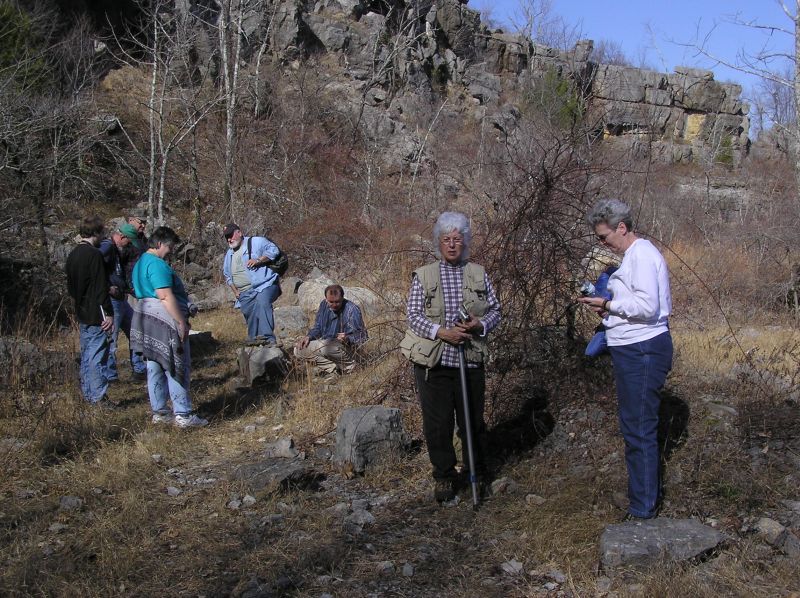
Taking a break.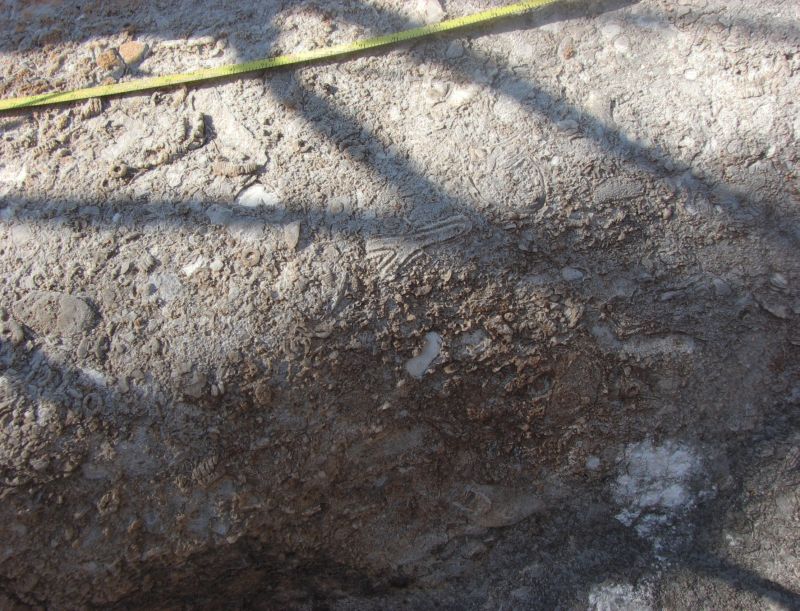
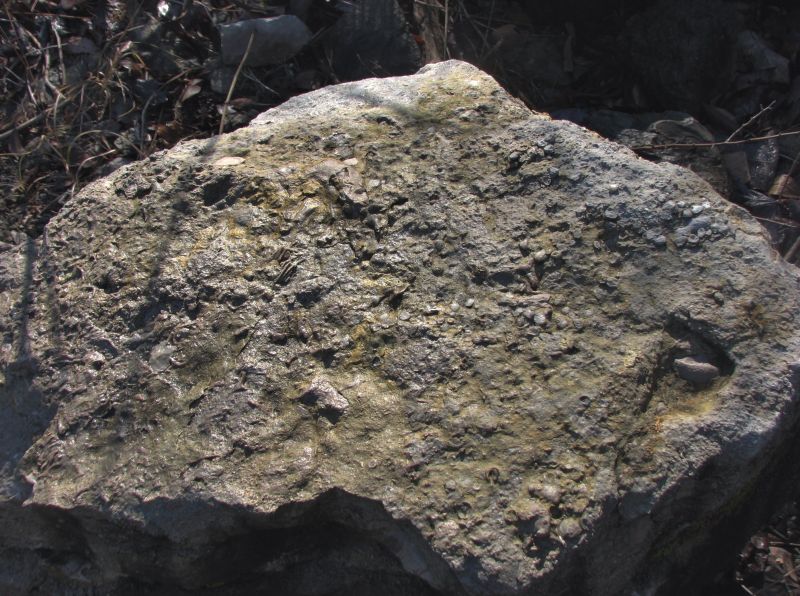
This is the rock/boulder that has been etched so that more fossil material is visible.
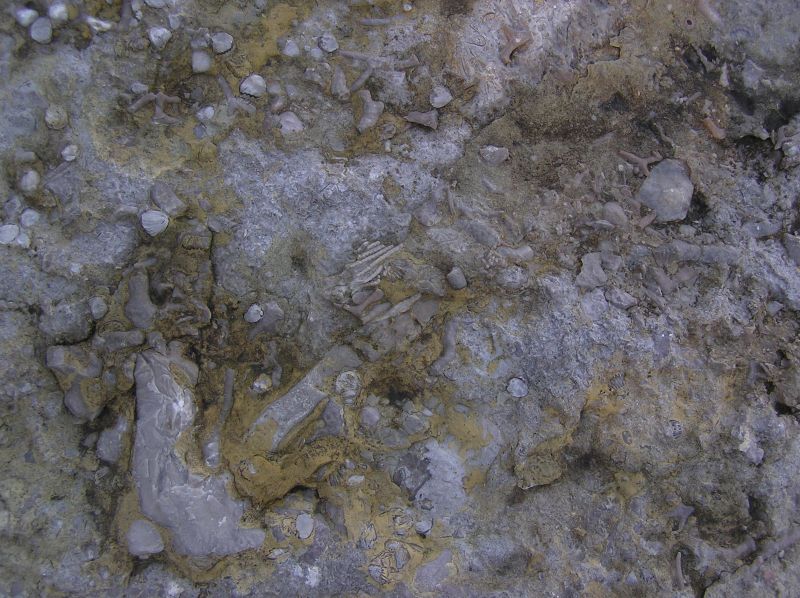
A closer view.
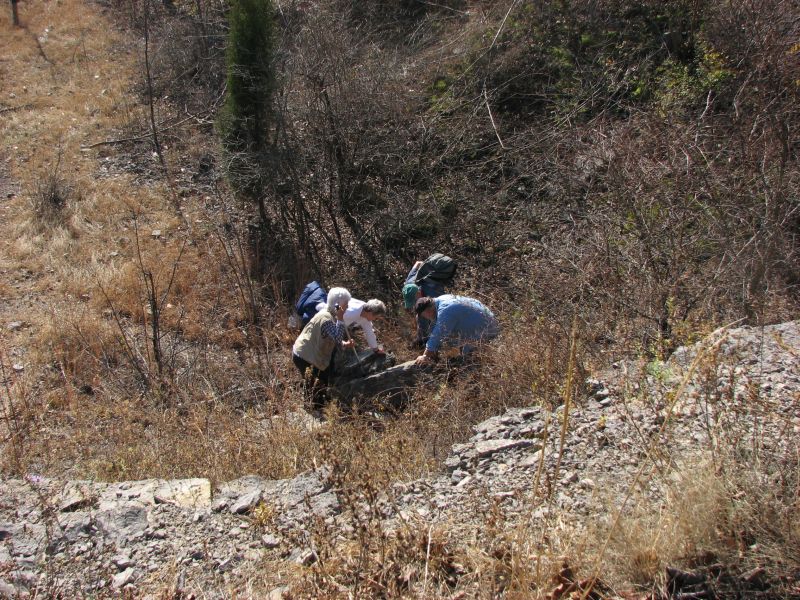
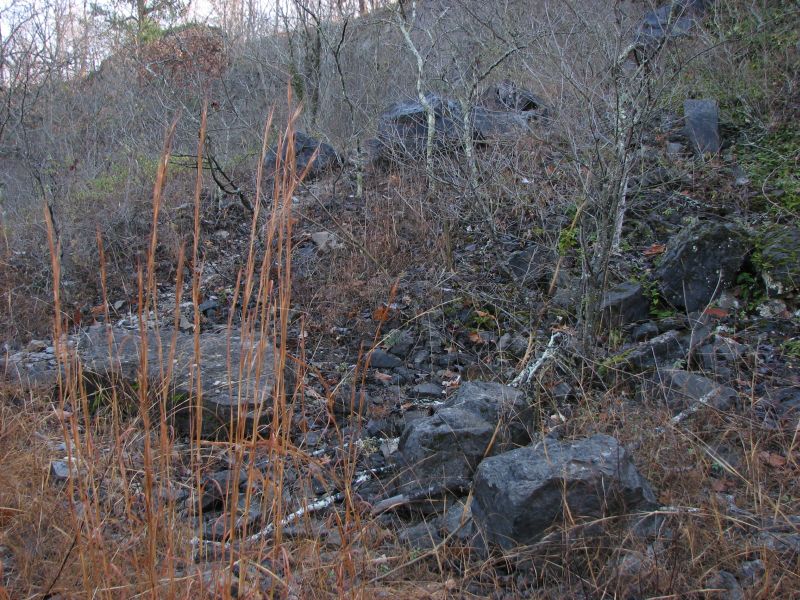
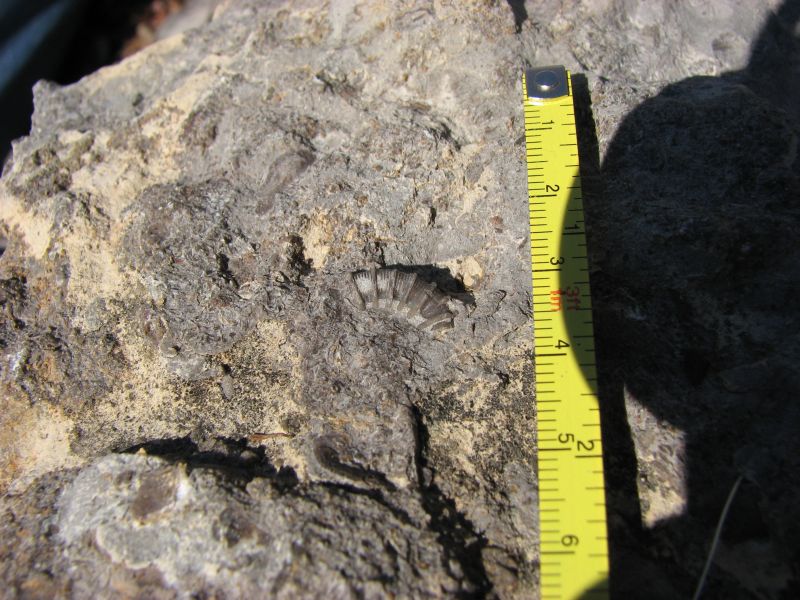
This odd looking fossil had us speculating, but according to Dr. Phil Novack-Gottshall, it is a crinoid stem with very regular cirri.
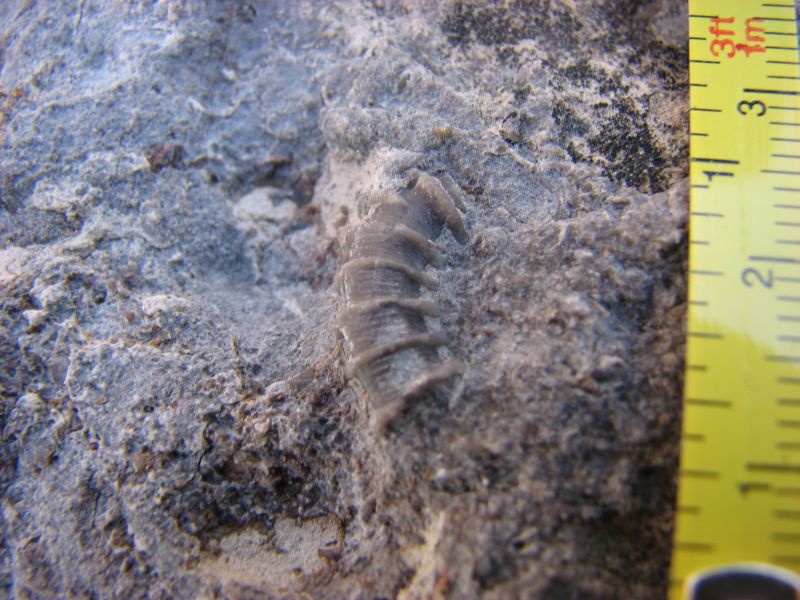
A macro view of the unusual crinoid stem.
